Page 5 of 6
Creative Commons
Creative Commons (CC) is currently among the most widely used types of public licenses. More detailed information is on the CC website.
How does CC work:
- The terms and conditions of each license are expressed by 6 license elements, the combination of which results in specific types of CC licenses.
- Through the license elements, the author determines the manner and extent to which he wishes his work to be used.
Individual license elements are represented by pictograms, so the license is internationally understandable.
CC licenses come in 3 forms ("layers"):
- The full text of the license terms (called the Legal Code)
- The abbreviated version of the license terms (called the Commons Deed)
- Machine-readable version/metadata (called Digital Code) – pictograms in the works clearly show what CC license has been chosen for the work
The Creative Commons License Options (variants of licenses)
How do I mark my work with a CC license?
Before choosing the type of CC license, it is a good idea to be clear about:
- Is the material I want to license a work of authorship? Caution! CC licenses are not useable for software.
- Have I granted someone an exclusive license?
- Do I have the right to dispose of the work?
- For a work with multiple authors, you need the consent of all co-authors.
- Employee works – unless otherwise stated, the employer has the property rights to works created in the course of employment.
- For commissioned works, it depends on the terms set out in the agreement.
- In some cases, property rights to the works are held by collective managers.
Choice of license
- Carefully study and consider which CC license variant you choose, as well as which version.
- Version issues:
- The latest version of CC is 4.0. Unlike version 3.0, this version is only translated, not fully localized. Therefore, it does not necessarily reflect differences in copyright at the national level – e.g. in Czech law copyright cannot be completely waived, element CC0).
- It is important to be familiar with the wording of the different versions as they are not compatible with each other (e.g. they have different conditions under which sharing or editing of works is allowed).
- A generator can help you choose the right license by adding machine-readable metadata (called Digital Code) to the generated license.
- If you are not sure which license to use, you can use the License Chooser (produced by Creative Commons Australia ) or read about cases where CC licenses are used.
- Clearly identify what part of the work is covered by the CC (many works contain other works – e.g. websites, or copyrights are cumulative; e.g. Bach's works are free, but create associated copyrights for performers).







